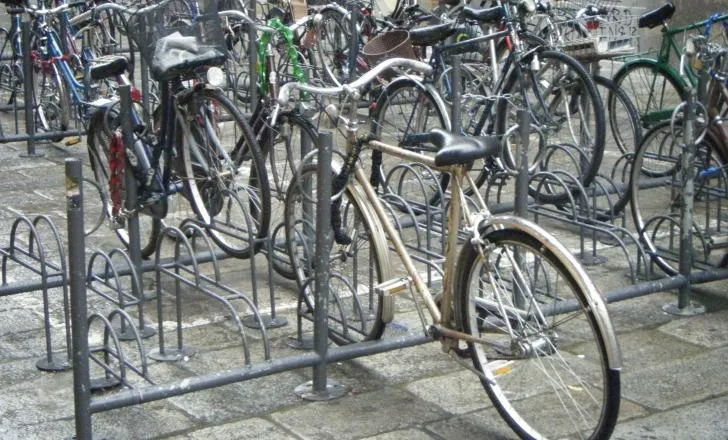
The Sumitomo Pedestrian Detection sensor, widely used in Japan to make crossings safer for vulnerable road users, is coming to the US market.
Pedestrian fatalities in the US have increased since 2009; Sumitomo Electric Industries (SEI)'s advanced pedestrian detection sensor, launched in 2017, will be integrated into Iteris ClearMobility platform to be used on US roadways.
Currently operating in five regions in Japan, SEI says the product, which uses advanced radar technology to accurately detect pedestrians, has been instrumental in reducing traffic incidents, particularly among vulnerable populations such as the elderly.
“This technical and commercial collaboration with Iteris marks a significant milestone for us, as we are committed to enhancing safety standards not only within Japan, but internationally as well,” said Hitoshi Hirata, general manager of Systems & Electronics Division of Sumitomo Electric.
“By leveraging Iteris’ extensive market expertise and distribution network, we are confident that integrating our advanced pedestrian detection sensor into the ClearMobility Platform will set a new benchmark for safety and reliability for both American pedestrians and drivers."
Joe Bergera, CEO of Iteris, says the collaboration "is a testament to our shared vision for a safer, smarter mobility future".
The detection system will provide new pedestrian mobility data for ClearMobility, which is designed to monitor, visualise and optimise mobility infrastructure for public sector agencies and private companies.










